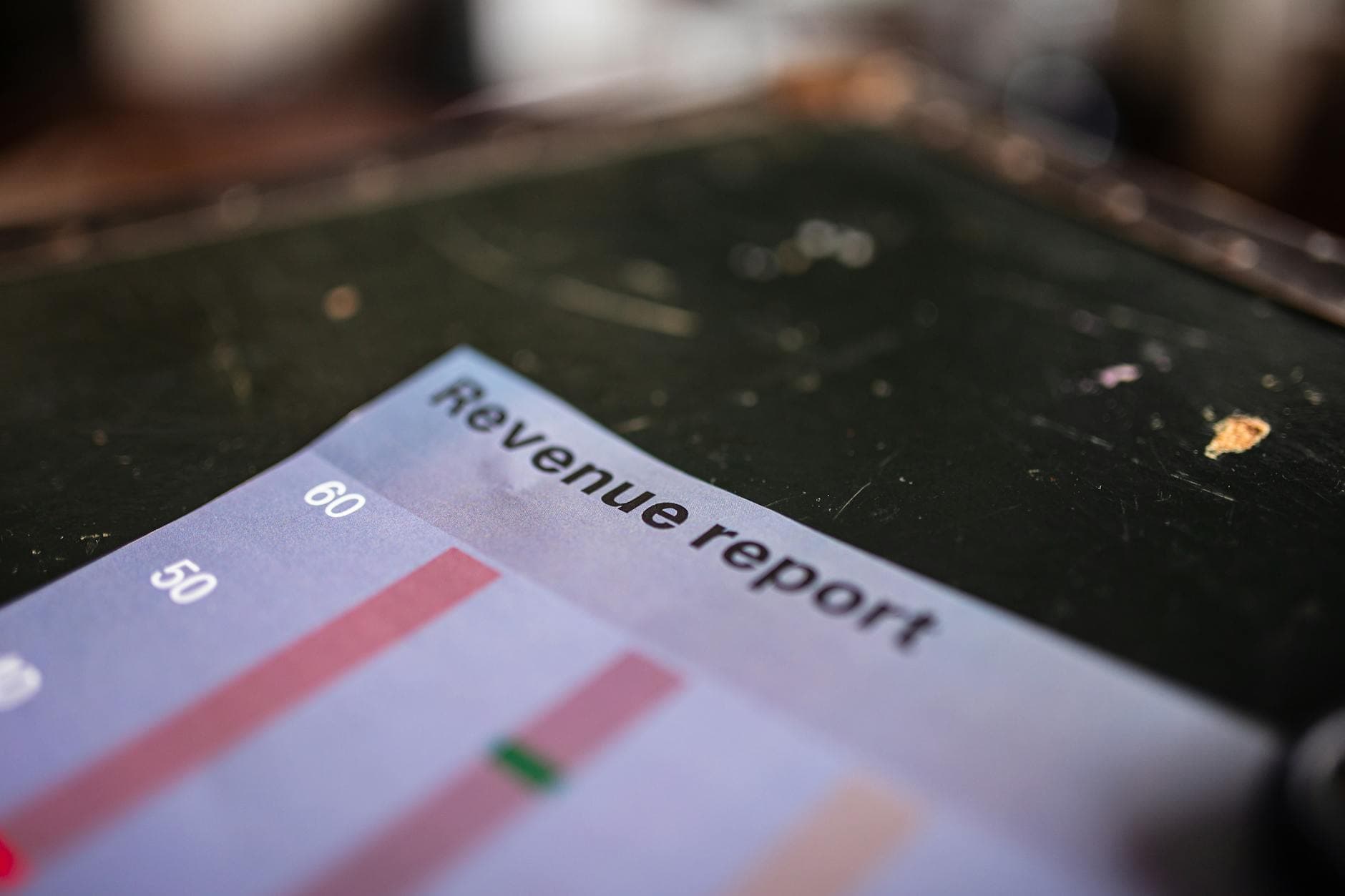SaaS Reviews Are the Early Warning System for Market Trends

Each morning, in offices and coffee shops around the world, business leaders and product managers refresh SaaS review platforms as religiously as stock tickers. These digital town squares, G2, Capterra, TrustRadius, AppExchange, and a growing alphabet of others, are overflowing with user stories, feature requests, excited testimonials, and indignant rants. What was once noise has become an invaluable corpus, and in that data lies the future. For those who know how to parse it, SaaS reviews are no longer merely about product reputation; they are a living sensor network, relaying early signals of emerging trends and shifts in market expectations.
The Power and Pitfalls of the Crowd
The logic is simple: users are not just reviewing products, they are indirectly revealing latent market needs, evolving pain points, and creative ways software is actually being used. Five years ago, few would have anticipated how often cloud integrations, API flexibility, or ethical AI would crop up in customer reviews. Now, a single well-articulated customer complaint about convoluted onboarding can ripple through review sites and pressure vendors to re-evaluate first-time user experiences.
Yet that same wisdom of the crowds can produce confusion as easily as clarity. Sifting actionable signals from hundreds or thousands of reviews is a monumental challenge. Popular feature requests might be solved with better documentation, not R&D. Negative reviews can be distorted by personal misadventures or competitors with axes to grind. And as review volumes soar, human curation becomes unscalable.
The science, then, is not only to listen, but to listen wisely. Review analysis has evolved from a tedious manual process into a discipline combining data science, subject expertise, and disciplined skepticism.
Approaching Reviews as Market Sensors
The first lesson is that not all reviews are created equal. Five-star exclamations, while gratifying, reveal less about nuanced customer needs than detailed, ambivalent feedback. Long-form reviews and low-to-medium ratings, frequently dismissed or fretted over, are the richest source of unmet needs and trending preferences.
Text mining now plays a pivotal role. Natural language processing tools can classify sentiments, extract recurring themes, and cluster mentions of specific features or frustrations. In a crowded market like CRM software, it is not only how many people complain about reporting limitations, but how those complaints are worded, what workarounds they describe, and how frustrated (or hopeful) they sound.
The rise of AI-based review analysis is transforming the sheer volume problem into a strategic advantage. Algorithms map review keywords to product roadmaps, quantify which requests are accelerating or waning, and even flag anomalous new demands. When, for example, reviews for project management software start mentioning integrations with an emergent platform, product teams can spot a trend before the competition sees the signal.
Discerning Signal from Noise
Here lies both challenge and opportunity: The loudest users are not always the most representative. Early-adopter feedback can skew toward sophisticated use cases far ahead of the mainstream, while high-volume, low-detail reviews might reflect marketing more than reality. The art is in triangulation, weighting multiple sources and review demographics.
Some SaaS firms now supplement public review data with private support tickets and in-app surveys, providing a richer frame of reference. Combining these internal and external voices, patterns emerge: A sudden uptick in requests for role-based access controls may herald an influx of enterprise buyers, while a surge in praise for ease of setup could suggest a product finally reaching mainstream adoption.
Another subtlety is in the context of review timing. Emerging trends are rarely heralded by a distinct single review, but by clusters of similar feedback appearing closer together. Seasonality matters too; for accounting SaaS, pre-tax season reviews may surface anxieties that lie dormant the rest of the year. The best analysts read reviews not as isolated opinions, but as evolving conversations.
Where Reviews Meet Roadmaps
What does this orientation mean for SaaS companies on the edge of innovation? It is tempting to treat review mining as a justification exercise, an easy way to validate decisions already made. The smarter approach is inversion: treating reviews as a risk compass that can warn of roadblocks ahead, or a telescope for market opportunities just appearing at the horizon.
Consider the cyclical rise of SaaS tools promising no-code customization. Only years of review data, parsed and normalized, could reveal the range of what “no-code” means to different segments. For some, it was about easy UI reconfigurations, for others, about full workflow automation. Identifying these clusters allowed vendors to segment their messaging and prioritize features that would resonate with newly arriving audiences.
Conversely, reviews can reveal opportunities to leapfrog competitors. A recurring theme of frustration around convoluted pricing or hidden costs can prompt vendors to experiment with transparent billing models, something that can quickly move from a point of differentiation to an industry expectation.
Lessons for Every Stakeholder
For product teams, the lesson is humility and curiosity. Emerging trends rarely arrive with fanfare. They emerge quietly, as quirky edge cases championed by a handful of power users, or, alternately, as grumbling from a chorus of newcomers. Informal language, the “wish I could just…” and “it drives me crazy that…”, is the canary in the coal mine for unmet needs.
For investors, review analysis offers early indicators of sector shifts. Are users suddenly focused on privacy in HR platforms? Is “AI-powered” losing its shine in marketing automation, replaced by demand for human-like support? The answers are rarely binary, but consistent review trends can help allocate resources ahead of the hype cycle.
For buyers, savvy analysis of reviews across competing platforms surfaces both the cultural fit and the friction points no datasheet reveals. The vocabulary of real-world users is a truer proxy for day-to-day experience than polished sales pitches.
A Living Mirror for SaaS Evolution
The meta-lesson is this: SaaS reviews are neither a crystal ball nor a static report card. They are, at best, a living mirror held up to a market in constant change. The job of the analyst is not to divine the future from isolated data points but to trace lines of convergence and divergence, to spot where incremental dissatisfaction or delight will coalesce into seismic market shifts.
As the SaaS landscape diversifies and competition stiffens, those who listen, synthesize, and act on the true voice of the user, filtered and illuminated by disciplined review analysis, will consistently outpace those who merely track vanity scores. Among the sea of opinions and fleeting complaints, the real story of SaaS is being written, one review at a time.


